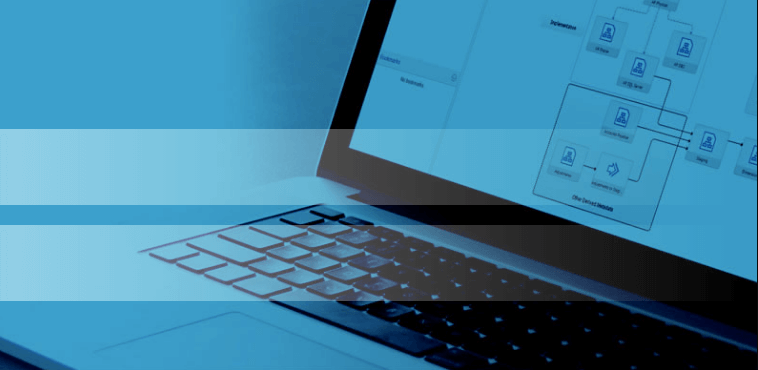Business process management’s role in utilizing knowledge is, in essence, about alignment, making sure you have the key pieces of knowledge from individual employees, departments and operations. This way, businesses can make better decisions with greater context, based on the full picture.
In an earlier blog post – ‘Business Process Management Provides Invaluable Knowledge’ – we looked at not only the importance of using knowledge to move your business forward, but also some of the challenges you face in gathering knowledge from different roles within your organization.
In this article, we examine business process management’s role in utilizing knowledge, namely how to begin gathering that knowledge and the benefits of doing so.
An impartial viewpoint
When gathering knowledge from your organization, it’s important to have an objective and impartial viewpoint. Data management consultants can go into a business to conduct knowledge-gathering workshops.
As businesses become more digitally savvy, this strategy is gaining traction, and the collaborative approach is being seen more often.
“Businesses recognize that they don’t have the in-house expertise for this sort of [knowledge gathering] exercise because we’re using process methodologies or enterprise architecture frameworks that people within the company aren’t well-versed in,’ explains Tony Mauro, an erwin business process consultant.
“Working with an outside business process management expert, not only with the correct tools but also with proven approaches and best practices, will instill confidence in the exercise and enable the client to see greater value in a shorter amount of time than if they tried to do it themselves.”
Business process management’s role in gathering knowledge
Staff turnover is more frequent than ever. With every person who walks out the door, their accumulated knowledge goes with them, unless you have an effective knowledge management system in place.
Mauro explains the first steps he’d take if working on such a project for your organization. “We’ve [erwin] developed facilitated workshops in which the people involved in a particular area, whether that’s the development of an application or the execution of an actual process, gather together so we can whiteboard out what they actually do.”
Trying to map out processes by individual or via email would yield a very different picture of what a process is or what the application design is, based on people’s individual work methods, he notes.
“It’s very important to get employees from one area in one room and workthrough what they actually do, because when they’re together, they can see what happens when an idea leaves their desks. They can start to connect all the pieces.”
This is a dynamic part of the process and is designed to instill energy and enthusiasm. “By establishing a common goal – to find the best way of doing things – your organization is likely to be motivated by the progression you’re making.”
What’s the benefit?
Knowledge-gathering and business process management’s role in doing so is vital, but that really is just the start. You need to build on that work with a business outcome focus.
Once you have the business-critical knowledge and ideas from your workforce, the key is knowing what to do with it and how to use what you’ve gathered to to move the business forward.
As Mauro explains, “This process gives the company a better understanding of how it’s operating so better decisions can be made. If a process needs to be automated, everyone will know which employees, departments and other processes will be impacted, for example.”
If you need help in your knowledge-gathering process and business process modeling, contact us today to find out more.


